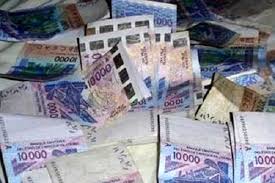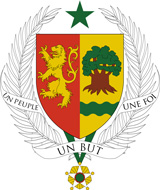Senegal aspires to become an emerging country by 2035. However, it has been stuck in a low-growth equilibrium since 2006. Over the last decade Senegal has been outperformed by Sub-Saharan Africa which grew at an average rate of 6% whereas growth in Senegal averaged only 3.3% since 2006. Senegal also performed poorly as compared with non-resource rich Sub-Saharan countries. Moreover, while output per capita grew slowly, the volatility of growth was greater than that of other West African Economic and Monetary Union (WAEMU) countries. Within Senegal, poverty remains high at 46.7% according to the 2011 Poverty household survey, and the number of poor has risen during the 2006-2011 period. Given an estimated annual population growth of 2.5%, gross domestic product (GDP) growth remains well below the rate necessary for significant poverty reduction.

In 2014, growth began to trend upward, however expansion remained sluggish. GDP growth rose in 2014 to an estimated 4.7%, its highest pace since 2008. Services continued to be the most dynamic sector (+5.6%), but the secondary sector, led by construction, has improved significantly, increasing by 4.9% after declining in 2013. Erratic rainfall once again led to a disappointing harvest, with rain fed cereals production down 20%, although production in irrigated rice improved by 28%. As a result, 30% of rural households are estimated to face food insecurity and more than 55% of those households are poor.
[art#200:1512]




 Login with Facebook
Login with Facebook Sign in with Google
Sign in with Google